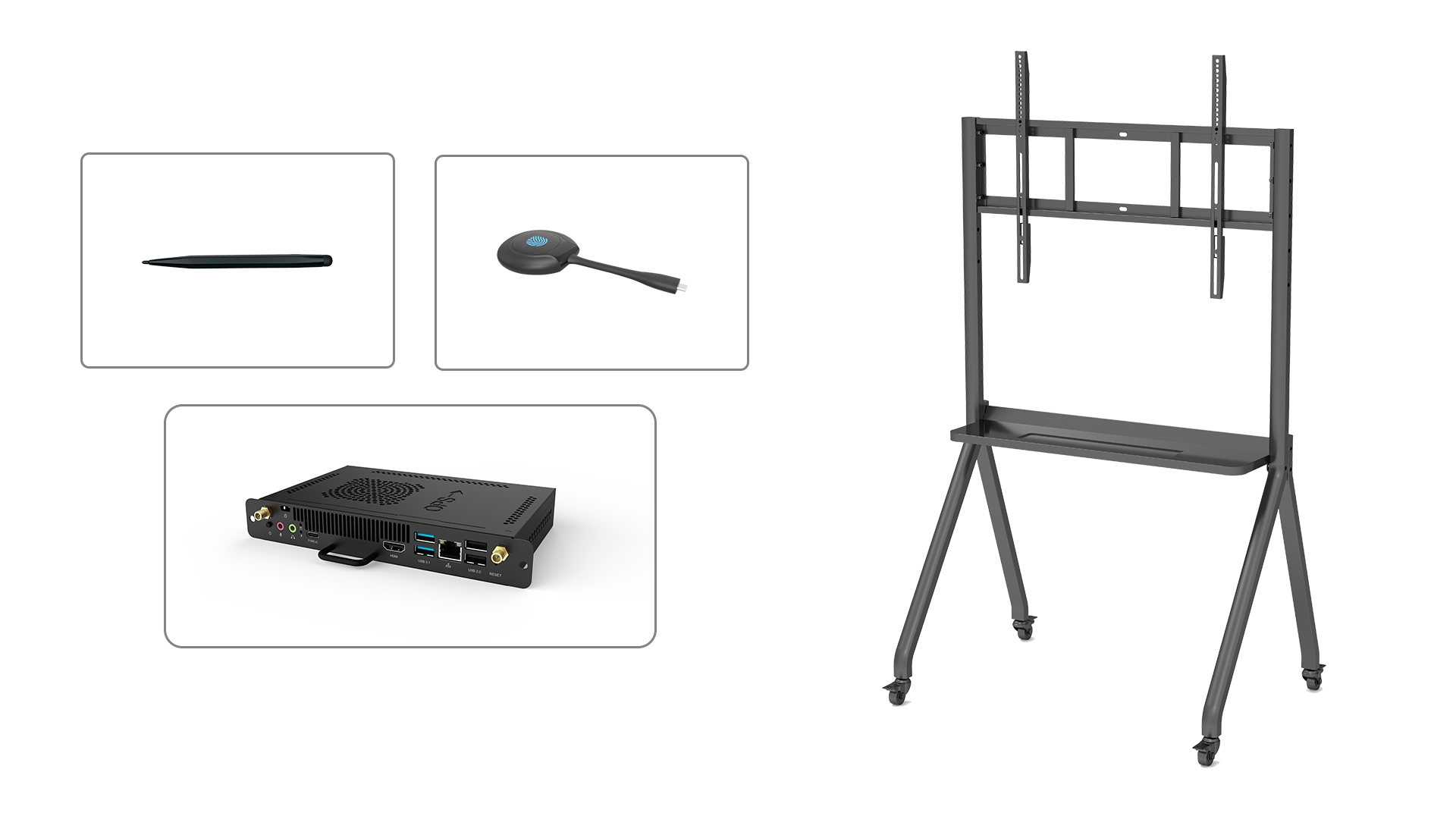Enhancing Classroom Learning with Smartboards
Smartboards have revolutionized the way teachers engage with their students in the classroom. These interactive whiteboards provide a wide range of uses that go beyond traditional teaching methods. In this article, we will explore the various ways that smartboards can be utilized to enhance learning and foster student engagement.
1. Interactive Presentations
One of the most popular uses of smartboards in the classroom is for interactive presentations. Teachers can display multimedia content, such as videos, images, and websites, directly on the smartboard. This allows students to have a more immersive learning experience, as they can interact with the content and actively participate in the lesson.
2. Collaborative Learning
Smartboards promote collaborative learning by allowing multiple students to work on the board simultaneously. Students can solve problems, brainstorm ideas, and work on group projects together. This fosters teamwork and encourages students to take an active role in their own learning process.
3. Virtual Field Trips
With smartboards, teachers can take their students on virtual field trips without leaving the classroom. By accessing online resources, teachers can transport their students to different parts of the world and provide a more engaging and interactive learning experience. Students can explore historical landmarks, visit museums, and even interact with experts in various fields.
4. Gamification
Smartboards can be used to incorporate gamification into the classroom. Teachers can design interactive games and quizzes that motivate students to actively participate in the lesson. By turning learning into a fun and competitive activity, students are more likely to retain the information and stay engaged throughout the lesson.
5. Formative Assessment
Smartboards allow for real-time formative assessment. Teachers can use interactive quizzes and polls to gauge students' understanding of the material. This immediate feedback enables teachers to identify areas of improvement and adjust their teaching strategies accordingly. Additionally, students receive instant feedback, which helps them identify their strengths and weaknesses.
6. Multimedia Resource Repository
Smartboards serve as a multimedia resource repository, providing teachers with a vast array of educational resources at their fingertips. Teachers can access and display videos, educational websites, and online textbooks to supplement their lessons. This allows for a more dynamic and interactive learning experience.
7. Differentiated Instruction
Smartboards support differentiated instruction by allowing teachers to tailor their lessons to meet the diverse needs of their students. With the ability to display and manipulate various types of content, teachers can easily adapt their teaching methods to accommodate different learning styles and abilities.
8. Annotating and Highlighting
Smartboards enable teachers to annotate and highlight content in real-time. This feature is particularly useful when analyzing texts or solving math problems. Teachers can model their thought process, highlight key points, and encourage students to actively participate by making annotations themselves.
9. Remote Learning
In the era of remote learning, smartboards have become essential tools for teachers and students. With video conferencing capabilities, teachers can conduct live lessons and share their smartboard screens with students. This ensures that students can still benefit from interactive and engaging lessons, even when they are not physically present in the classroom.
10. Accessibility Features
Smartboards offer various accessibility features that benefit students with diverse learning needs. For example, students with visual impairments can adjust the font size or use text-to-speech functionality. Additionally, students with motor disabilities can interact with the smartboard using touch or gesture-based input methods.






